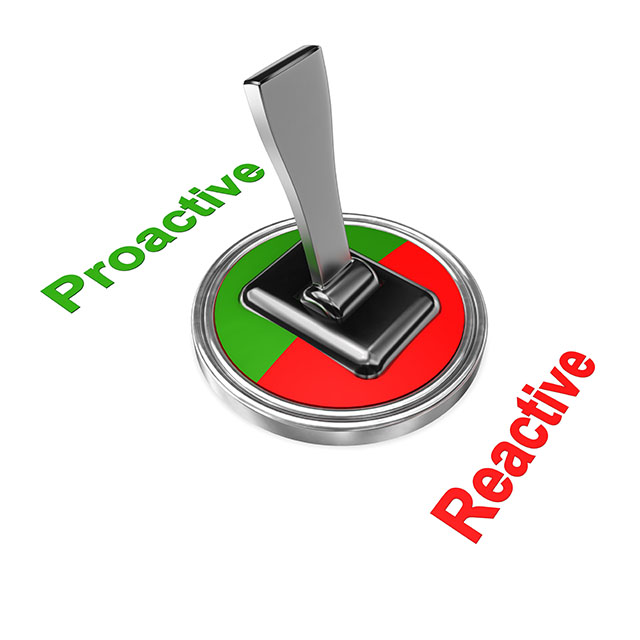I was recently listening to advice from Financial Guru Dave Ramsey about financial debt and how it can control us. The thought occurred to me that this is very much a factor in software development when we have technical debt. We need to avoid letting our pile of debt get out of control or something we simply accept.
Technical Debt Seems To Always Grow
The problem with technical debt is that many of us simply accept it. We toss it into a bucket without considering the cost. This applies to missing or incorrect documentation, slow-running queries, clunky interfaces, and so much more. Yes, we can get away with that for a bit here and there when we have to hit a deadline. However, those little things can add up.
The worst part about those “little things” is that they are small thieves of time and quality. Moreso, they can be hard to measure. Thus, we allow them to be a part of the experience with that codebase or application. For example, how often do you hear a user complain about a solution but then brush it off like that is just how things are?
Address The List
The idea behind technical debt is that we have a task we should do, but we kick it down the road instead. If this was not a task we should be ding it would not be technical debt. That is no different from getting an oil change for your car or cleaning air filters. We have a period of time where we can push those tasks off, but eventually they can grow to an emergency situation that must be immediately addressed.
Just like we need to keep track of debt in general, technical debt should be reviewed regularly and even avoided where we can.


